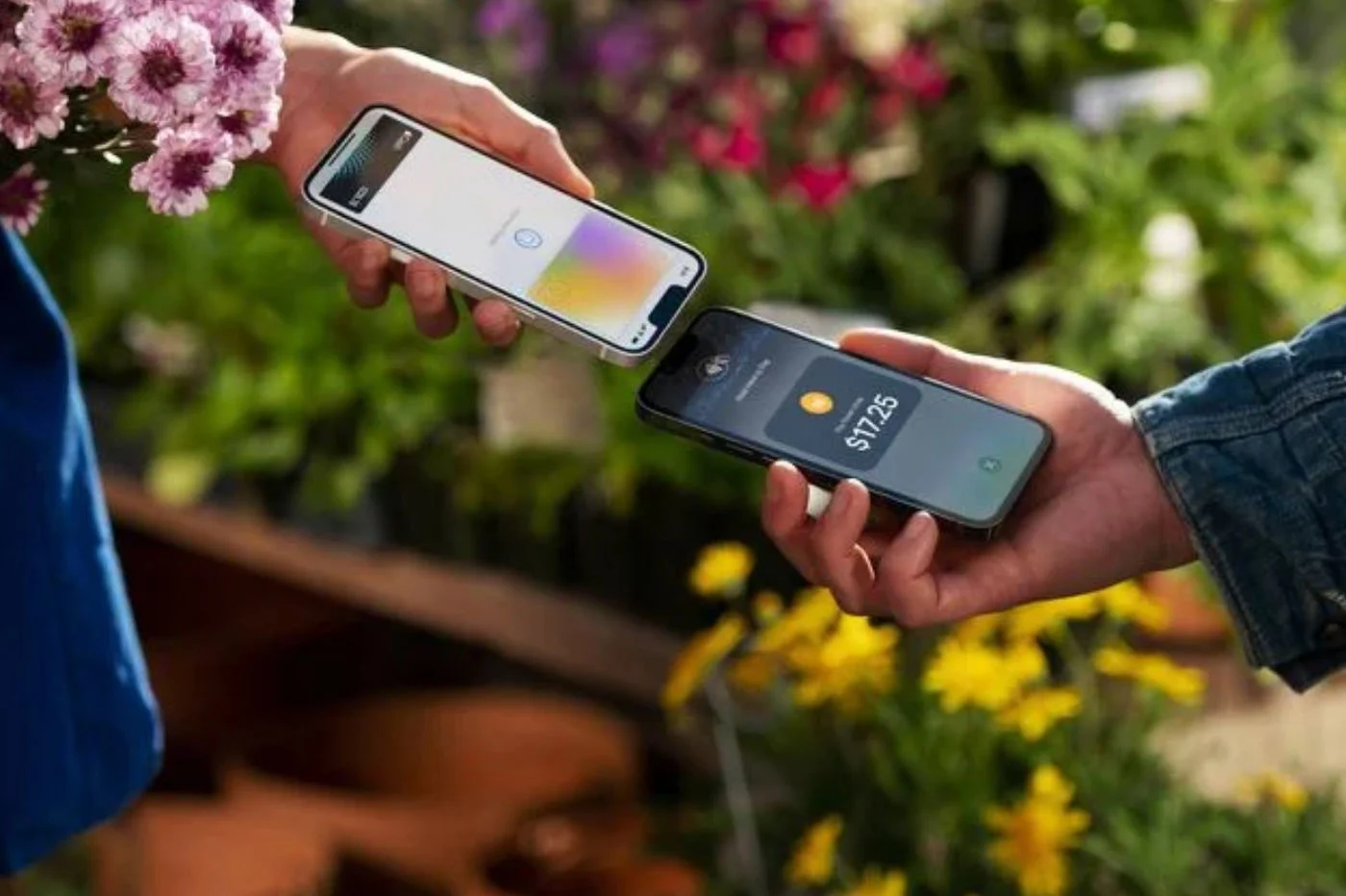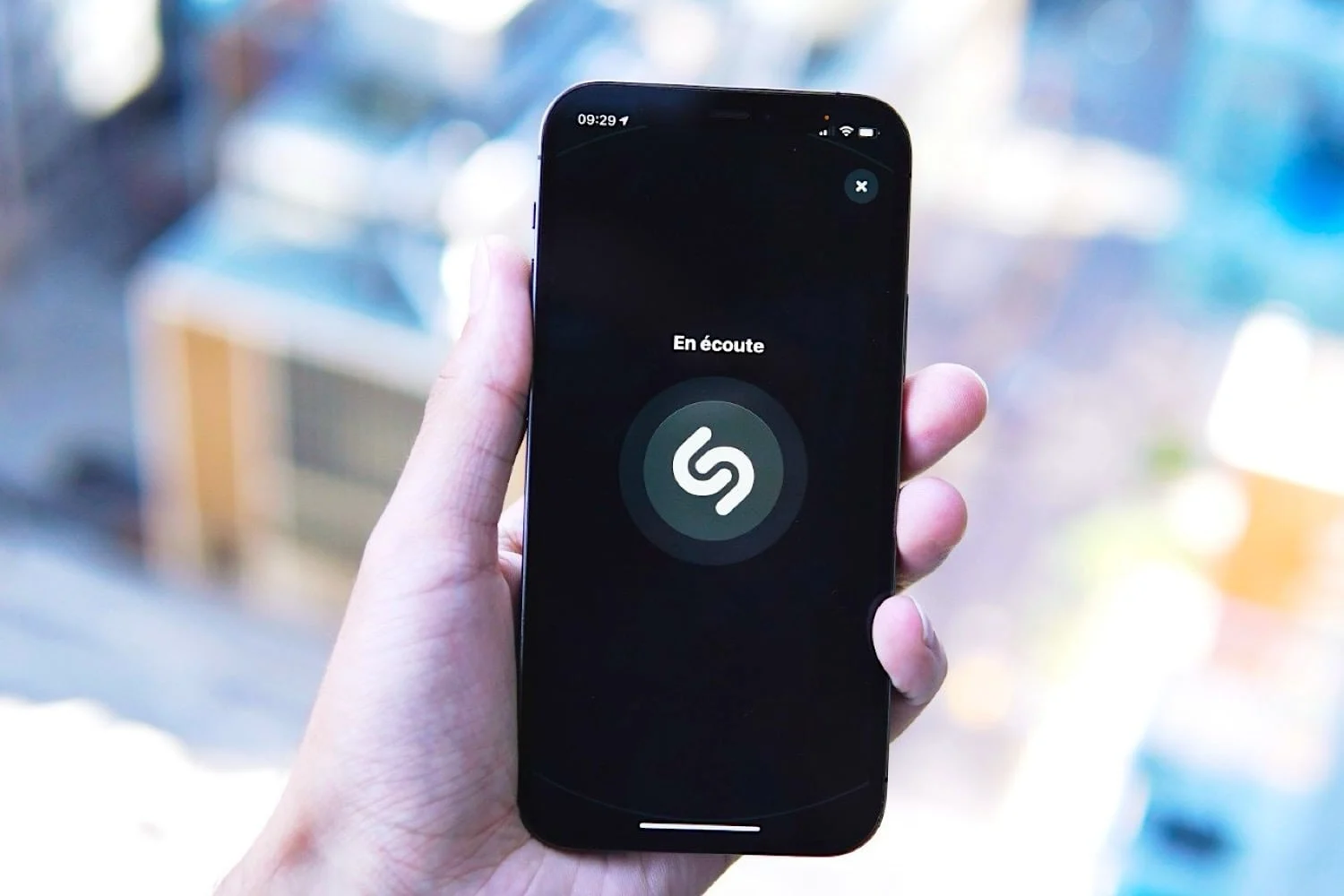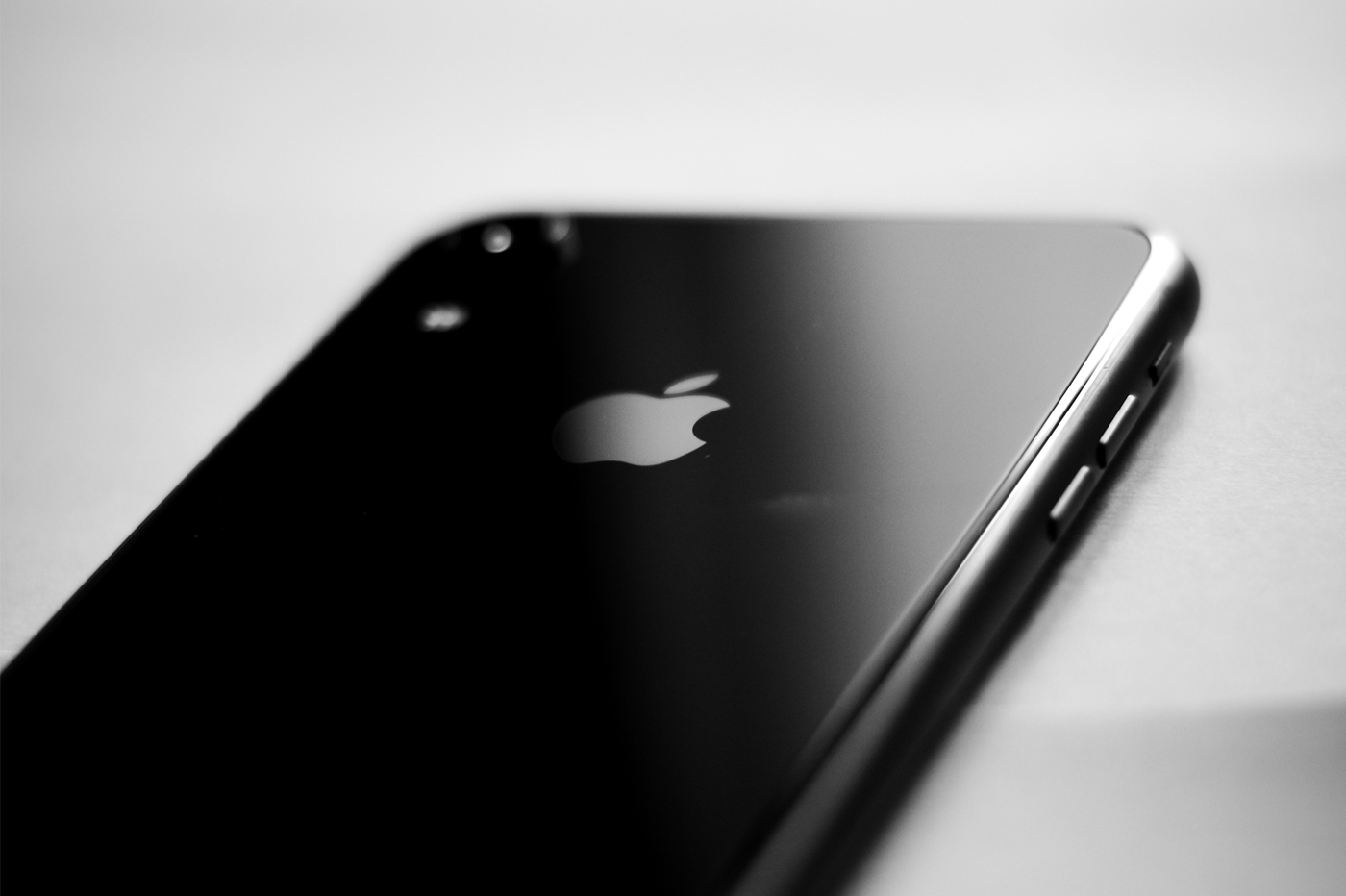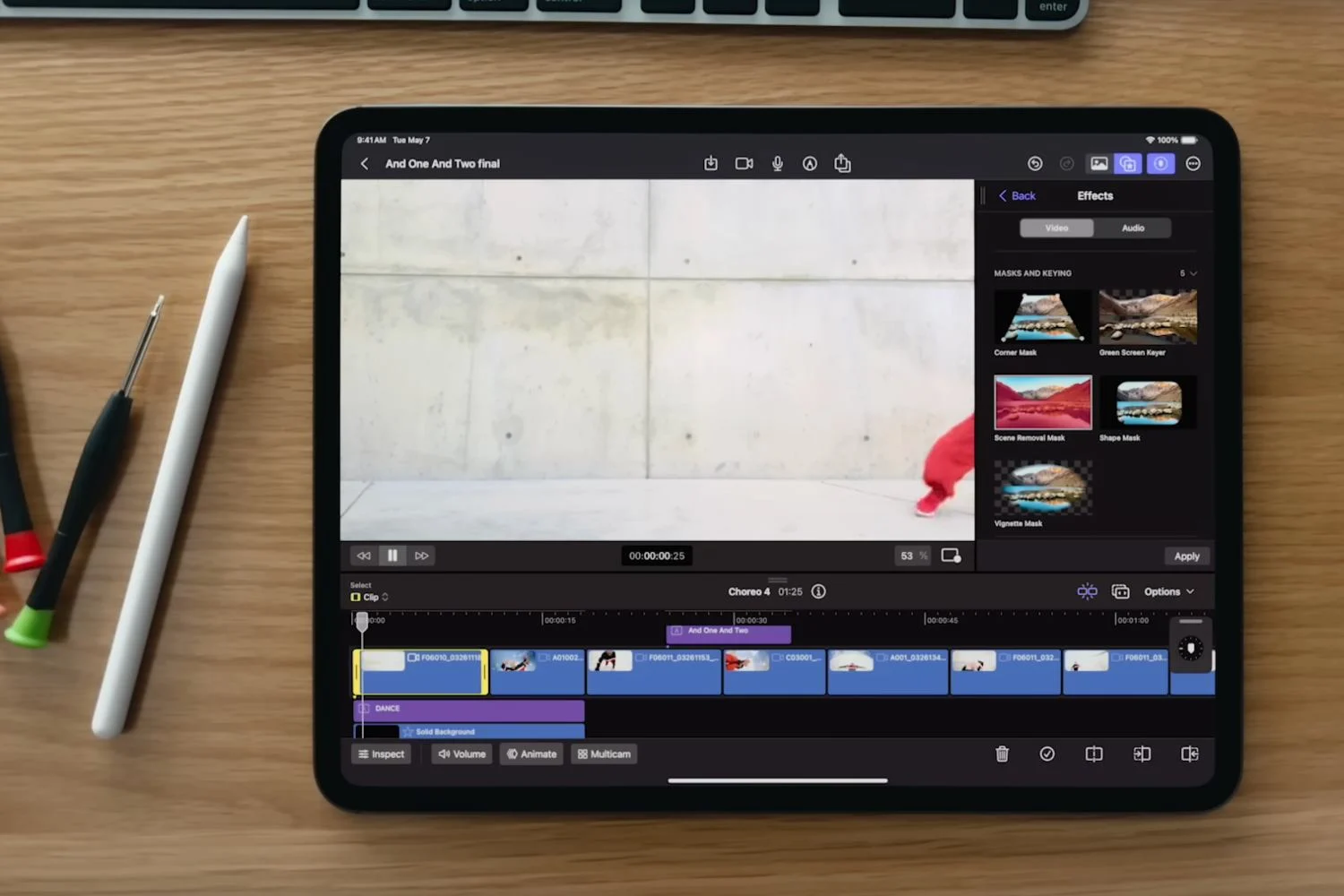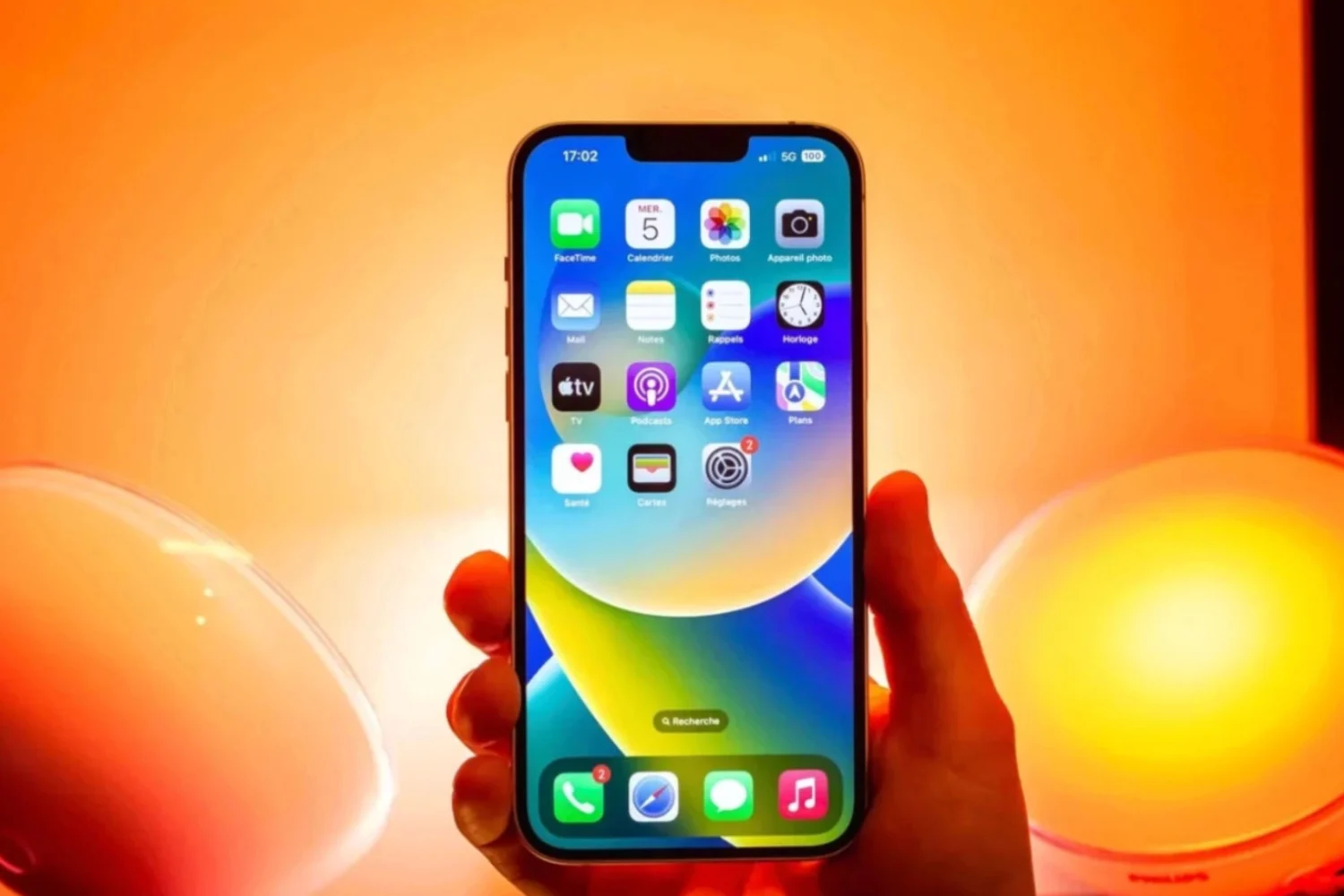TheApple firm has just filed an international patent applicationvery interesting. The patent concerns a technology resembling another that has already been discussed in the past. The idea was to make the AirPods charging case more interactive using a screen. This time, Apple seems to have put aside the screen for a touch sensor, while considering new use options. According to the content of the patent, theAirPods case could serve as a remote controlin the future, for several devices.
According to Apple, “There is a need to design devices, systems and methods to increase the user input and control functionality of wireless earphones and related devices. »
Exit the touch screen, make way for the simple sensor
Wanting to put screens everywhere does not necessarily seem like a very good idea, and the Cupertino company seems to have realized it. In the case where this screen has real utility and offers an obvious advantage, this may be interesting, but in the case of the AirPods case, it does not seem to be the case. The numerous attempts by manufacturers to integrate a touch screen on various devices have not been very successful.
Asusfor example, offers Ultrabooks equipped with a screen that replaces the touchpad, but this has not been a revolution, some are not even aware of their existence. In the present case, the most revealing example is that ofJBL. The manufacturer released several ranges of headphones this year with a “smart box”, which has an LCD display that can be controlled with your fingers. Seeing the introduction of this new product on the market was not a dazzling success, the firm may have turned to a simpler and less expensive alternative.

© Apple
Gestures and pressures
The patent explains how this technology can be used. For example, in a real-world scenario, the user canswipe left or right to change tracks(or channel on TV?). Another scenario illustrates a circular movement to raise or lower the volume.
Apple is exploring various ways to navigate, including the force and duration of sensor presses.Pressing more or less hard, for a longer or shorter time, could trigger different actions. Other parameters can also be taken into account to define actions, such as making certain shapes with your fingers, or pressing for a longer or shorter time on the touch surface.

